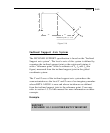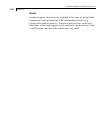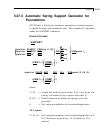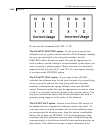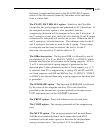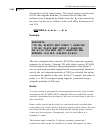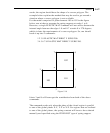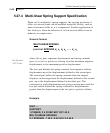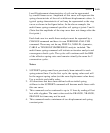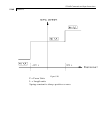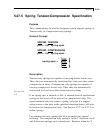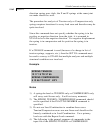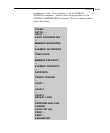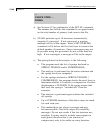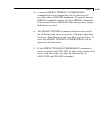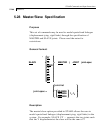
Section 5
5-159
Load-Displacement characteristics of soil can be represented
by a multi-linear curve. Amplitude of this curve will represent the
spring characteristic of the soil at different displacement values. A
typical spring characteristic of soil may be represented as the step
curve as shown in the figure below. In the above example, the
multi-linear spring command specifies soil spring at joints 2 and 4.
(Note that the amplitude of the step curve does not change after the
first point.)
Each load case in a multi-linear analysis must be separated by a
CHANGE command and have its own PERFORM ANALYSIS
command. There may not be any PDELTA, NONLIN, dynamics,
CABLE or TENSION/COMPRESSION analysis included. The
multi-linear spring command will initiate an iterative analysis and
convergence check cycle. The cycles will continue until the RMS
of the effective spring rates used remain virtually the same for 2
consecutive cycles.
Notes:
1.
SUPPORT springs must have previously been entered for each
spring entered here. For the first cycle, the spring value used will
be the support spring value (not the zero displacement value here).
Use a realistic and stable value.
2.
All directions that have been defined with an initial spring
stiffness in the SUPPORT command will become multi-linear with
this one curve.
3.
This command can be continued to up to 11 lines by ending all but
last with a hyphen. The semi-colons and the XRANGE, YRANGE,
ZRANGE list items may not be used.
4.
This command needs a minimum of two displacement and spring
constant pairs.



